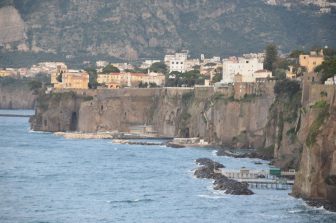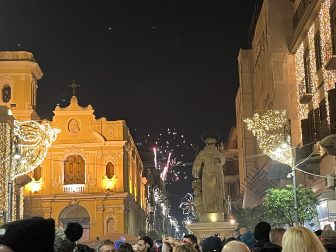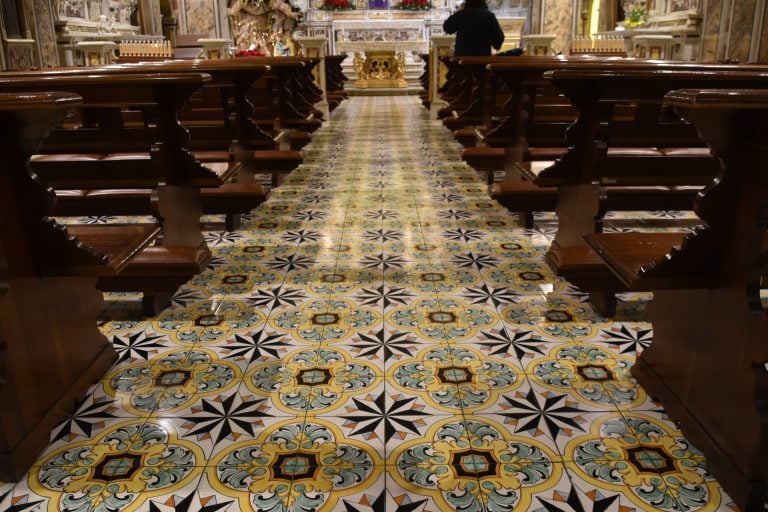
[Dec. 2024] On the second day of our holiday in Sorrento in southern Italy, we decided to enjoy a leisurely walk around the town.
However, it was unexpectedly cold.
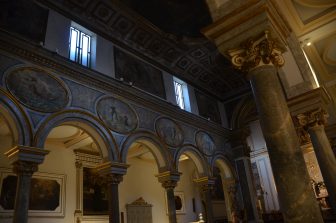
My mobile phone said the temperature was 14 degrees, which is much warmer than in northern Italy, but the wind was cold and the temperature felt much colder.
It was cloudy, too.
Sorrento is famous for the Neapolitan folk song “Come Back to Sorrento,” and I have been back to Sorrento quite a few times since the 1990s.
However, this was my first time coming here in winter, and I was completely surprised by how cold it was.
Anyway, we went into the Basilica di Sant’Antonio, a church near the main square, Piazza Tasso.
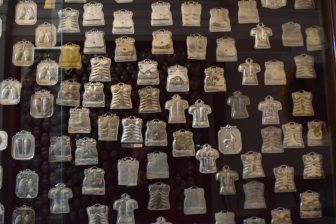
It is quite a majestic church.
Its history dates back to the 11th century, but as usual, it has been renovated and restored many times.
St. Anthony is the patron saint of Sorrento, a Benedictine monk who lived in the 6th century.
He is said to have performed miracles, such as rescuing a child swallowed by a whale, and is relied upon by local sailors.
What was interesting was the display of a 5cm-long silver torsos, arms, legs, etc., all arranged in panels.
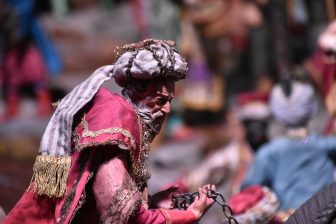
They are said to be offerings made by sailors who received miracles or protection, and by local people in gratitude.
I wonder if there really were so many miracles, there were so many.
In the underground crypt there was a nativity scene.
I had assumed that this kind of thing was popular in Spain, but it turns out that it is actually famous for its elaborate decorations in southern Italy, especially Naples.
Now, we left here and headed to a seaside overlook.

The strong wind was very cold, and the view was bleak.
We could see what seemed to be Mt. Vesuvius in the distance, but the scenery was very desolate that day.
We also walked along a narrow road inland.
In the past, there used to be a row of coral shops here, selling a ton of necklaces and other items, but now there are almost none.
The air was filled with the smell of leather products.
The number of shops selling marquetry, a specialty of Sorrento, also seems to have decreased dramatically.
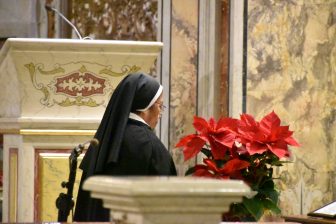
It’s hard to deny that the standard has dropped.
It was cold, so next we went into a church called Chiesa Santa Maria delle Grazie.
This is also gorgeous.
There was a nun working here, so I thought it might be a convent church, and it turns out that it was.
After doing some research, I found out that it was built in 1566 by a local lady as an educational facility for the daughters of people in Sorrento.
It also has a Dominican monastery attached to it, which is still in operation today.

